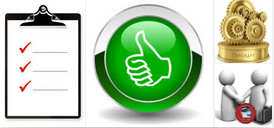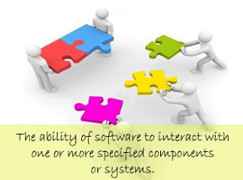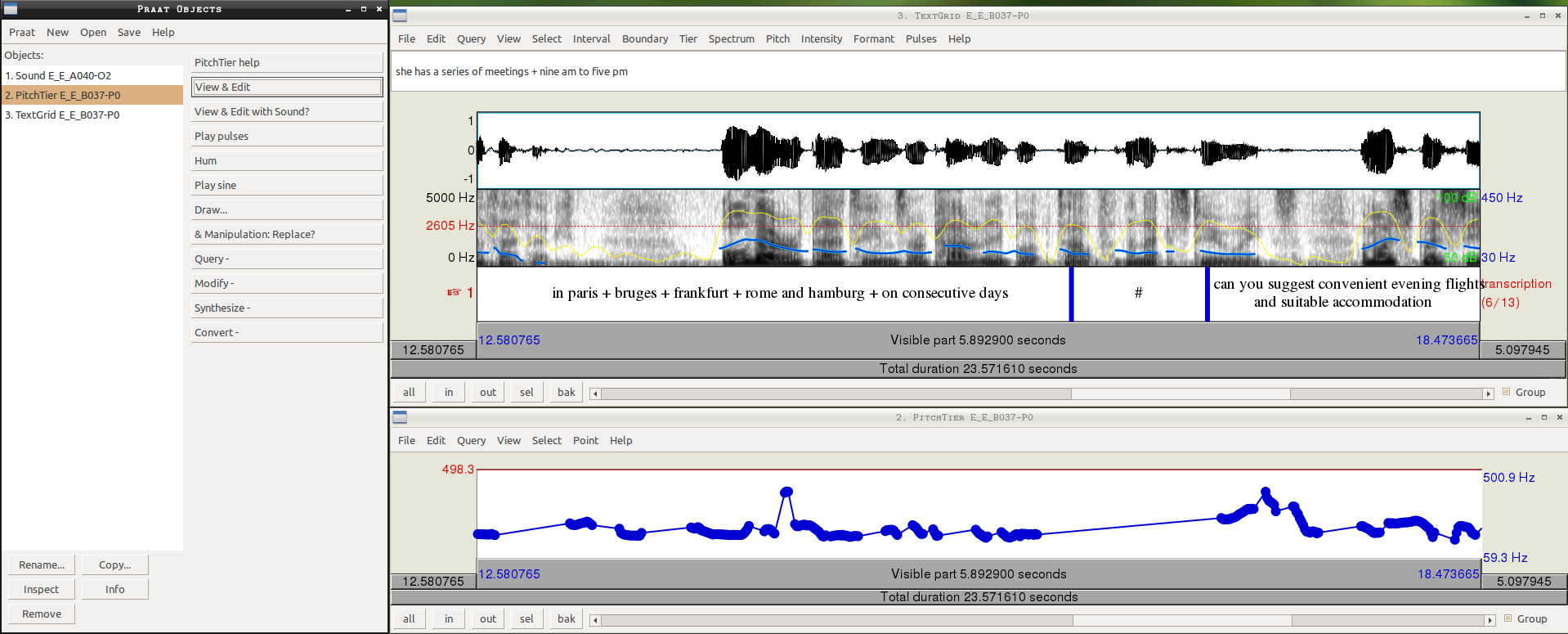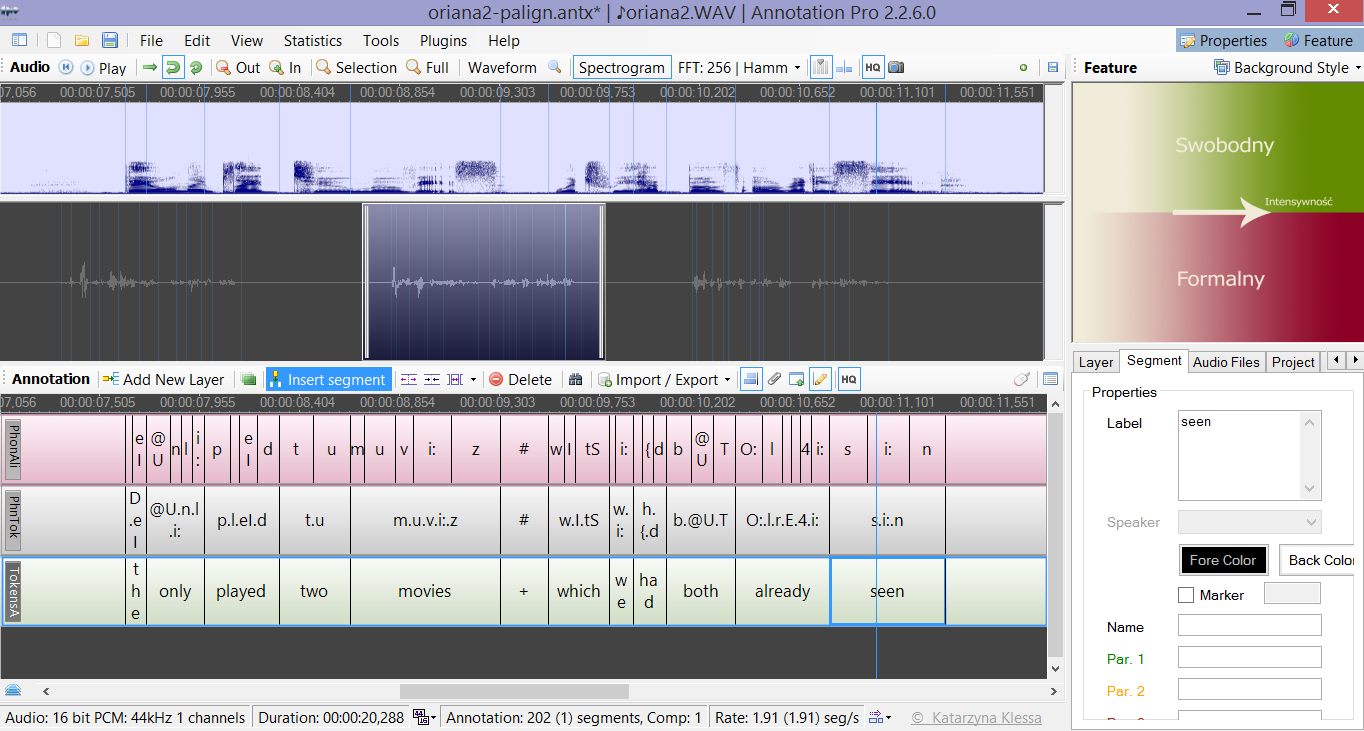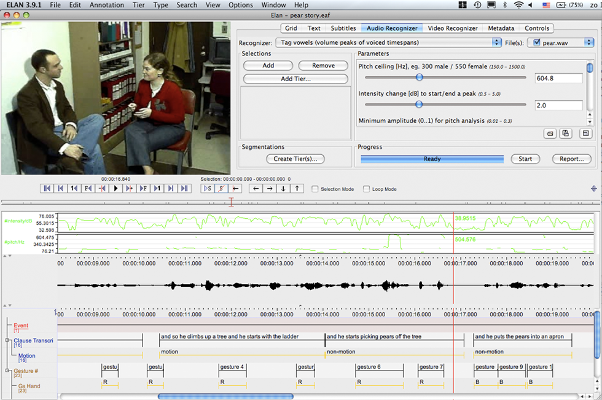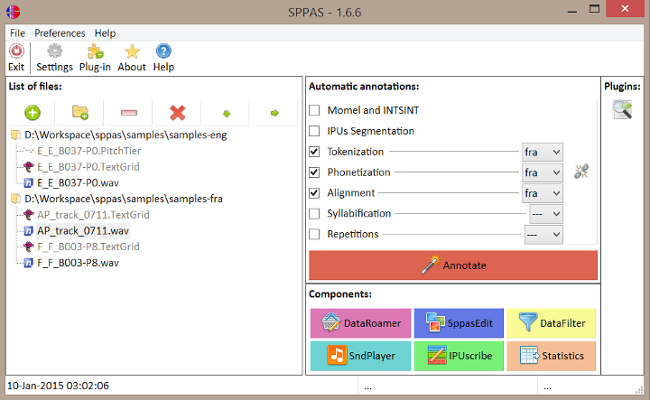Introduction
- In recent years, many annotation software (or tools) have become available for annotation of digital audio-video data.
- For a researcher looking for an annotation software, it is difficult to decide about its usefulness and usability.
- Some are mainly dedicated to Computer Scientists (tools) and some are designed for Linguists (software).


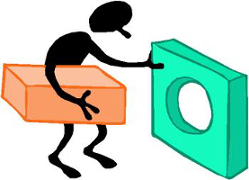 versus
versus 


